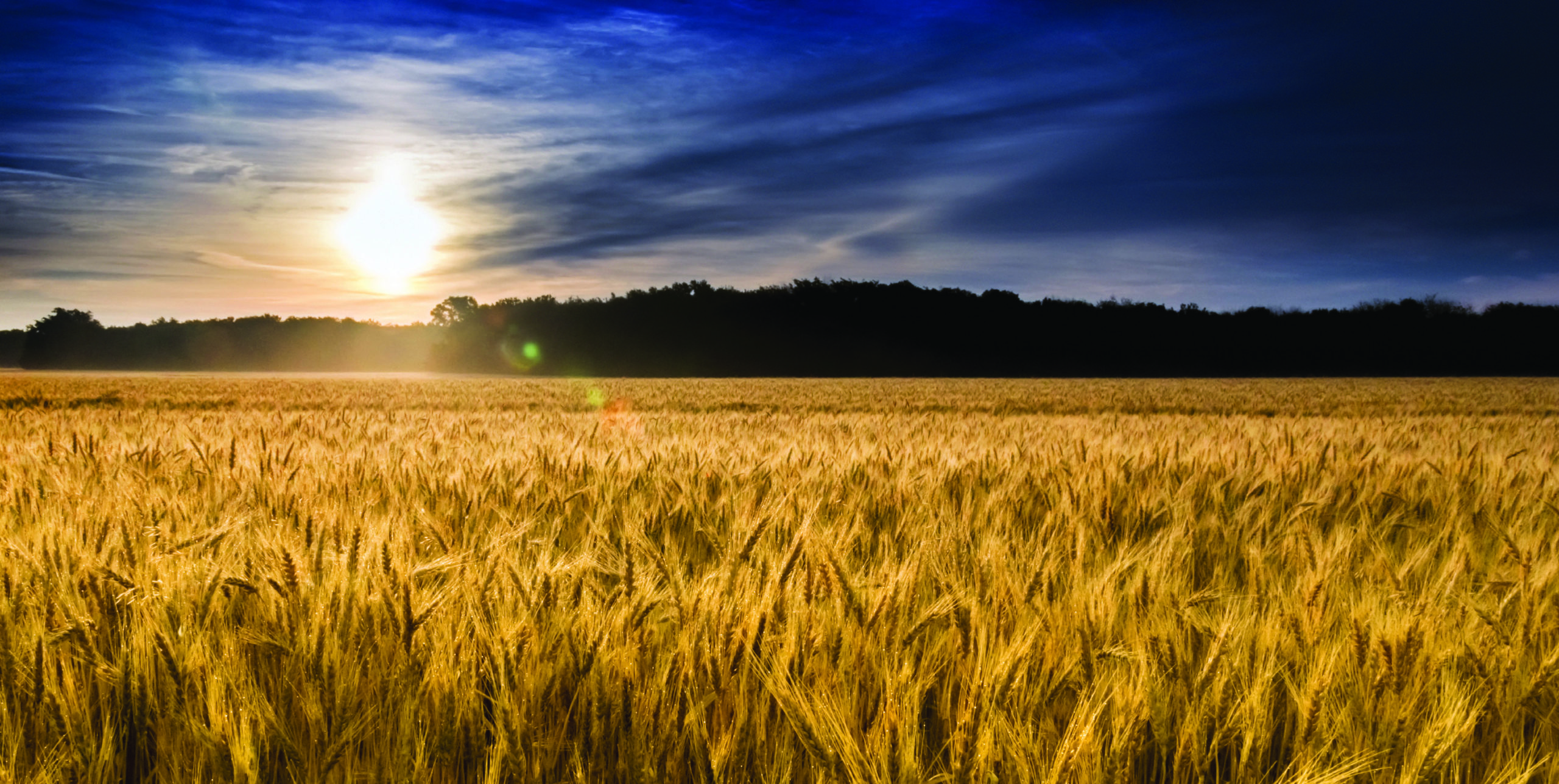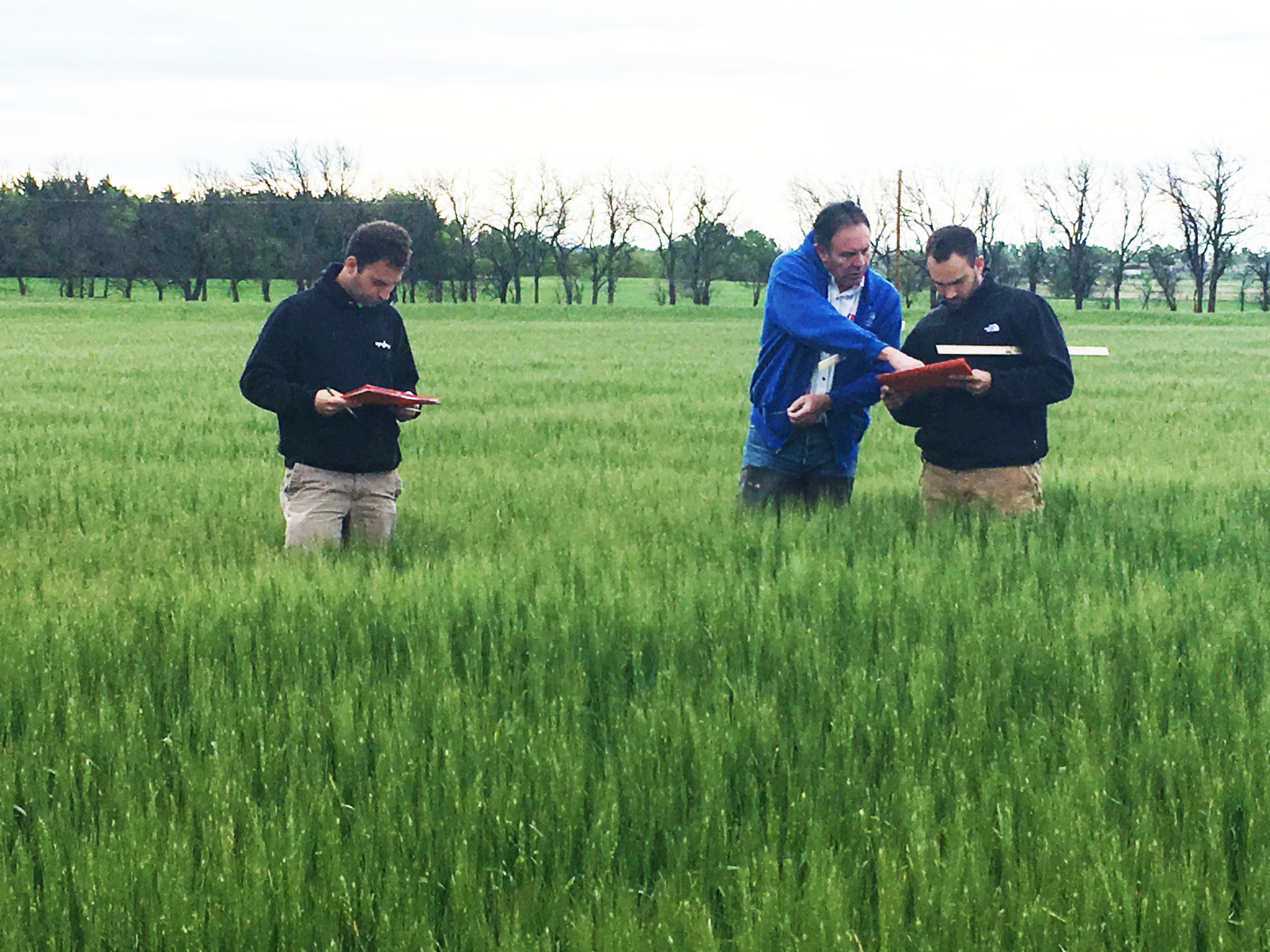By Stephanie Bryant-Erdmann, USW Market Analyst
Much needed rain across the U.S. Northern Plains this week gave emerging hard red spring (HRS) and durum crops a drink, but the rain was bookended by hot, windy conditions and likely did little to alleviate drought conditions.
Total rainfall for the region ran 60 to 75 percent below average for three months before this week’s storms, with Minot, ND — in the heart of the HRS growing area — recording just 1.23 inches (3 cm of rain) since March. The June 13 U.S. Drought Monitor showed 83 percent of North Dakota is in a moderate or severe drought and the remainder of the state is abnormally dry. Similarly, 79 percent of South Dakota and the eastern third of Montana are abnormally dry or in a moderate to severe drought.
The lack of rain and above normal temperatures is taking an early toll on crop conditions. On June 13, USDA reported 45 percent of spring wheat was in good to excellent condition, down 10 percentage points from the prior week and the lowest rating on record for that week. USDA noted 20 percent of the spring wheat crop was in poor or very poor condition, up from 11 percent the prior week and just 2 percent at the same time last year. Markets will be closely watching next week’s USDA crop condition report, and further deterioration of crop conditions will support Minneapolis Grain Exchange (MGEX) HRS wheat futures.
In the past two weeks, the nearby MGEX HRS wheat futures contract rallied 8 percent or 49 cents to $6.28 per bushel, the highest level since December 2014. Concern about the HRS crop and early harvest reports of low protein hard red winter (HRW) also support widening HRW protein premiums. Last June, the protein premium for 12.0 percent protein HRW (on a 12 percent moisture basis) averaged 12 cents per bushel ($4.59 per metric ton) over 11.0 percent protein HRW. This year, the same premium is 60 cents per bushel ($22 per metric ton).
With 60 percent of high protein wheat exports (13 percent protein on a 12 percent moisture basis or higher) originating from the United States and Canada, protein premiums are also widening due to Canadian crop and soil moisture conditions. In Saskatchewan, where Canadian farmers are wrapping up spring planting, topsoil moisture is rated 40 percent short or very short compared to 8 percent short or very short last year.
Farmers in northern Alberta and Saskatchewan are having the opposite problem — too much moisture. On June 6, the Alberta crop report rated topsoil moisture at 29 percent excessive in the Northeast and 40 percent excessive in the Northwest. Wet fields and harvesting 1.16 million acres (2.86 million hectares) of overwintered crops delayed spring planting progress in the province. Spring wheat planting was 95 percent complete on June 6, up from 84 percent the prior week but behind the 5-year average of 98 percent complete. Agriculture and Agri-Food Canada estimated total Canadian wheat production for 2017/18 will be 29.5 million metric tons (MMT), down 7 percent year over year due to a slight decline in planted area and a return to trendline yields.
“Conditions are variable right now with too much water in many northern areas, too little in the southern areas and probably very good conditions in between the two,” noted Robin Speer Executive Director of Western Canadian Wheat Growers Association. “We think the next two weeks become very important for this crop.”
Though HRS planted area is expected to be 7 percent smaller this year and yield potential for this year’s HRS crop is still unknown, U.S. farmers will continue to have the high quality, high protein wheat the world needs. In its June World Agricultural Supply and Demand Estimate, USDA pegged 2016/17 HRS ending stocks at 5.86 MMT, slightly more than the 5-year average of 5.28 MMT. The larger than normal ending stocks ensure the U.S. wheat store will always be open; the only unknown is how much customers will need to pay.
To read the latest USW Weekly Harvest report, click here.






